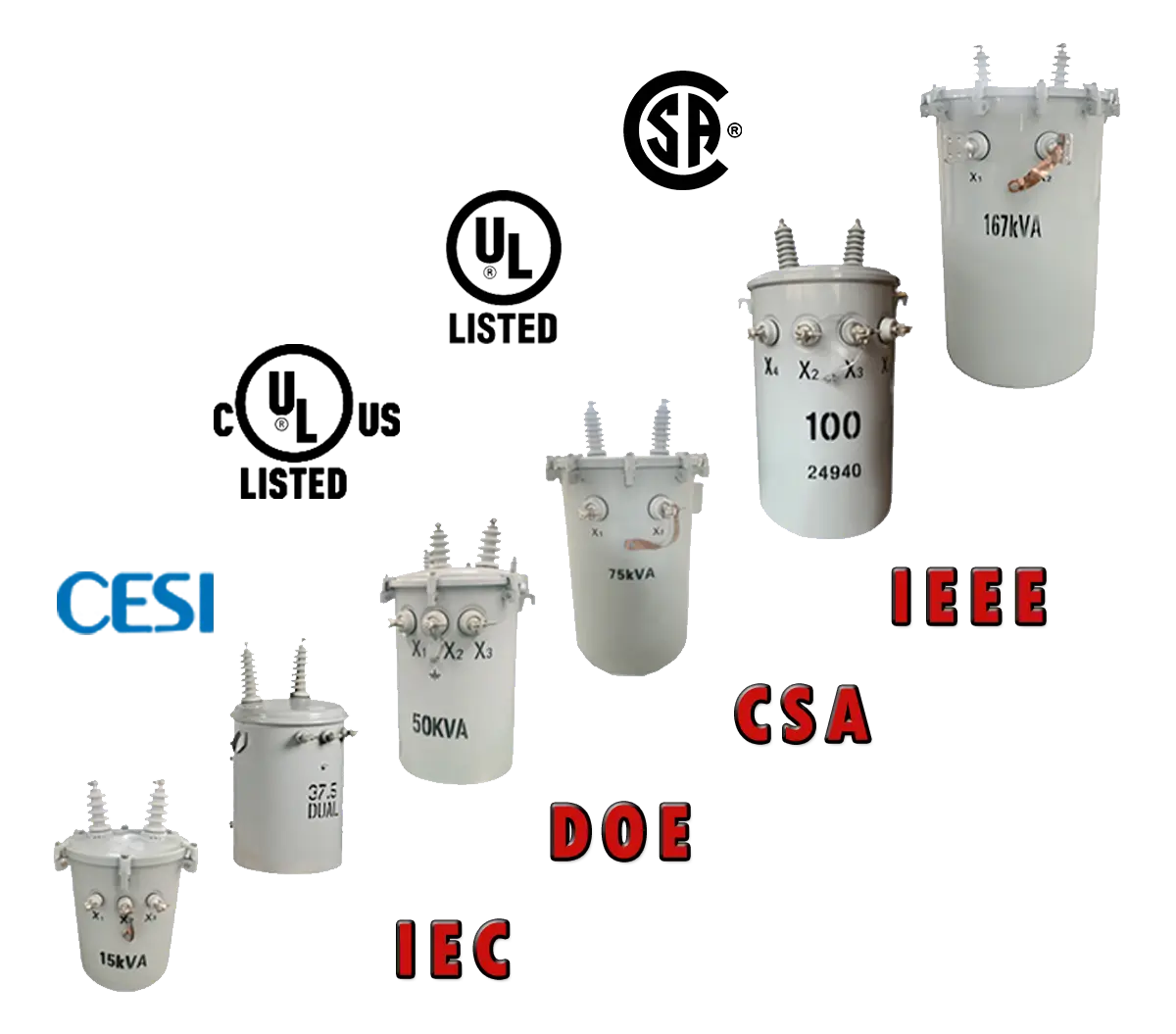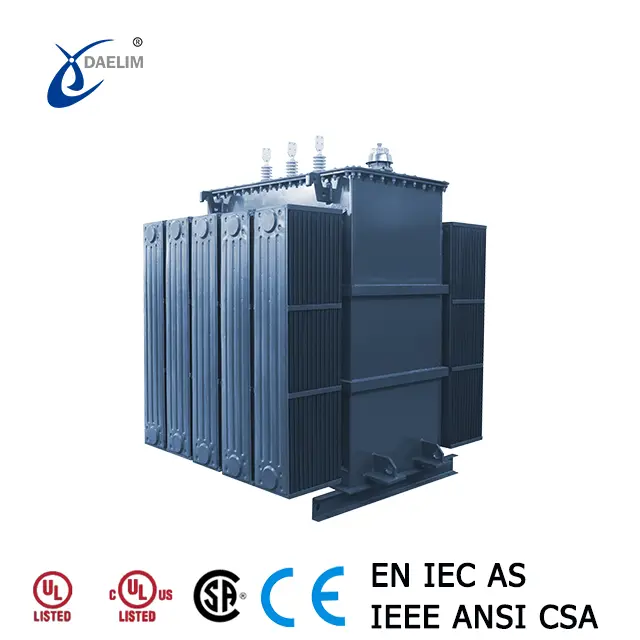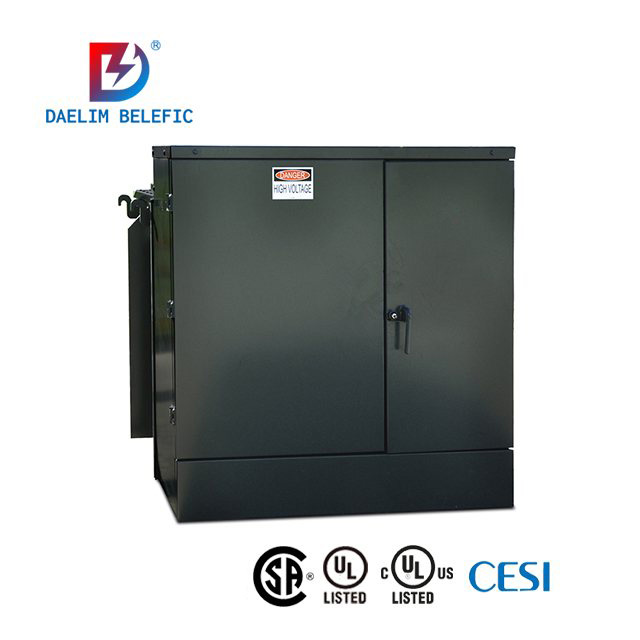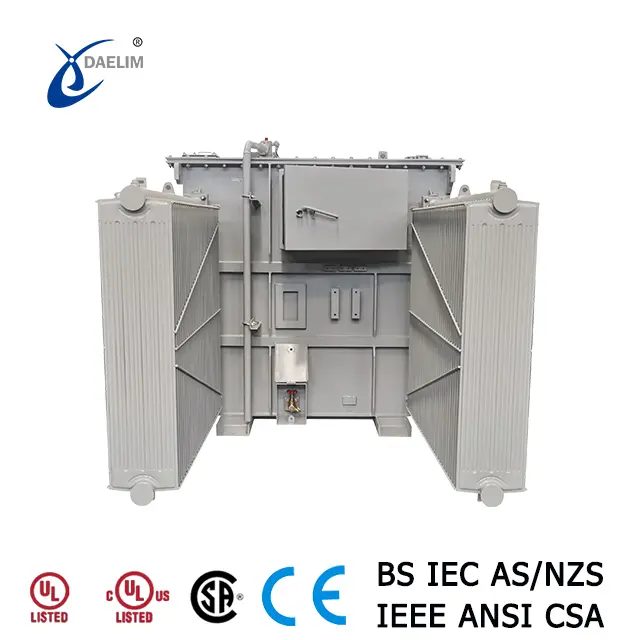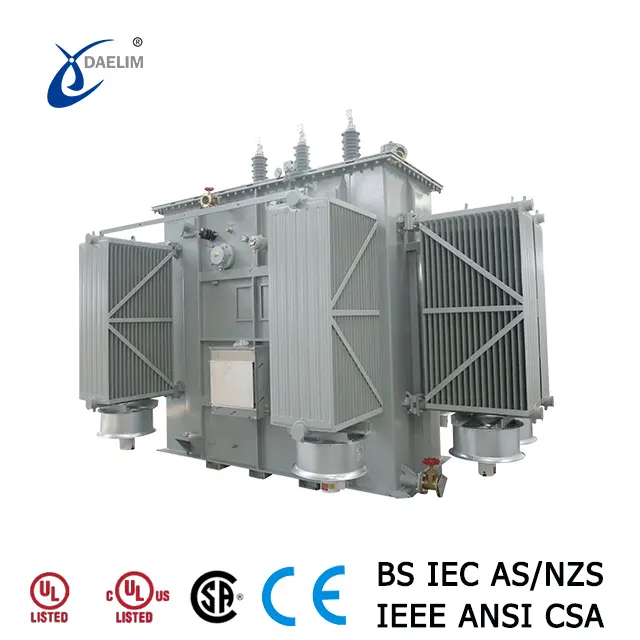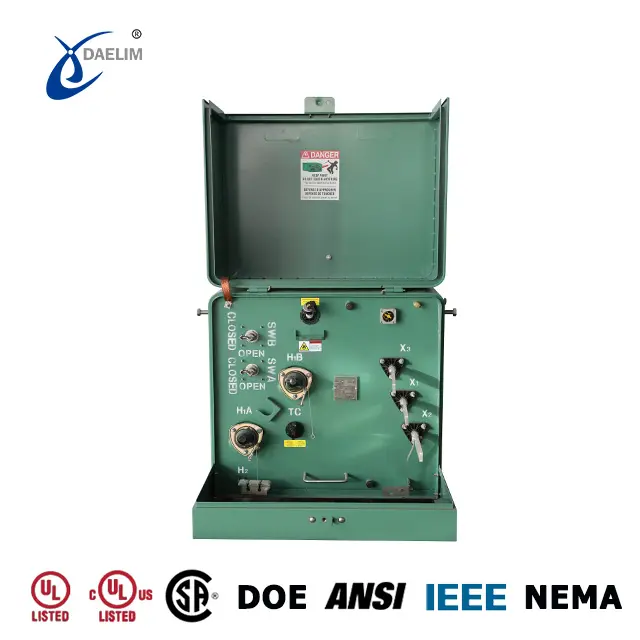Parallel Transformer
Parallel transformers refer to the configuration where multiple transformers are connected to a common set of busbars on both the primary and secondary sides, sharing the electrical load. This mode of operation enhances the reliability and flexibility of power systems.

Advantages of Parallel Transformer Operation
-
Increased Reliability: If one transformer fails or undergoes maintenance, the remaining transformers continue to supply power, ensuring uninterrupted service.
-
Flexibility in Load Handling: The number of transformers in parallel can be adjusted according to load variations, optimizing operational efficiency.
-
Reduced Spare Capacity Requirements: By operating transformers in parallel, the need for spare capacity is minimized, as the load is distributed among the available units.
-
Reduced Initial Investment: In substations where loads increase gradually, parallel operation allows for incremental investment rather than a large upfront expenditure.
However, it is important to note that operating too many transformers in parallel is often not economical. Larger capacity transformers are generally more cost-effective and require less space compared to multiple smaller units with the same total capacity.
Ideal Conditions for Parallel Operation
-
No Load Condition: There should be no circulating current between the parallel transformers’ windings to avoid increased copper losses.
-
Load Condition: Each transformer should share the load proportionally based on its capacity, ensuring that each transformer operates near its full capacity. This distribution should be as efficient as possible, with load factors balanced across transformers.
-
Current Phasing: The current supplied by each transformer should be in phase with the total load current. This minimizes the total current shared by each transformer when the load current is constant, ensuring optimal performance.
Conditions for Effective Parallel Operation
To achieve the ideal conditions for parallel transformer operation, the following criteria must be met:
-
Equal Rated Voltages: The rated voltages of both the primary and secondary sides of all transformers should be identical, ensuring that the transformation ratios are the same.
-
Matching Connection Groups: The connection groups (wiring configurations) of each transformer must be consistent to avoid operational discrepancies.
-
Equal Short-Circuit Impedance: The per-unit values of the short-circuit impedance (or short-circuit voltage) of each transformer should be equal, including the short-circuit impedance angle.
Meeting the first two conditions ensures that no circulating currents occur between transformers when there is no load. The third condition ensures that the load is shared appropriately among transformers. Although achieving all three conditions simultaneously can be challenging, slight deviations from the ideal conditions are permissible, except for the need for matching connection groups, which must be strictly adhered to.
Conclusion
Parallel operation of transformers is a valuable strategy for enhancing the reliability, flexibility, and efficiency of power systems. By carefully meeting the required conditions and understanding the advantages, power system operators can optimize transformer performance and ensure effective load management.
If you have any questions about transformer parallel connection, please contact Daelim Transformer in time.
Related Products
Related Article
The Crucial Role of Iron Cores in Transformer Design and Function
The iron core serves a crucial role in the magnetic circuit of transformers, acting as its structural framework. Its design and manufacturing significantly influence various aspects of transformer performance, including losses, noise levels, insulation strength, and susceptibility to short circuits.
Transformer Protection Devices
Transformers play a crucial role in power systems, and ensuring their reliability and safety requires the implementation of various protective devices. These devices not only monitor transformer conditions but also act swiftly to prevent potential faults that could lead to operational disruptions or damage.
Smart Substation
In the realm of modern energy infrastructure, the evolution from conventional substations to smart substations marks a significant leap forward. Smart substations integrate cutting-edge technology with a focus on sustainability and efficiency, reshaping the landscape of power distribution.
Transformer Insulation Failure
Transformer insulation is critical for maintaining electrical integrity and reliability. Two primary types of insulation used in oil-immersed transformers are solid paper insulation and transformer oil insulation. Understanding their characteristics, failure modes, and diagnostic methods is essential for ensuring transformer longevity and operational safety.
Classification of Gas Generation During Transformer Operation
Gas generation in transformers can stem from various sources and fault types, each indicating specific operational or insulation issues. Understanding these classifications is crucial for effective maintenance and fault diagnosis in transformer systems.
Diagnostic Methods for Power Transformer Insulation
Power transformers rely on robust insulation systems to ensure operational reliability and longevity. Over time, however, various factors can degrade these insulation systems, necessitating effective diagnostic methods to assess their condition. Here, we explore the key techniques employed for diagnosing both oil and solid insulation in transformers.




